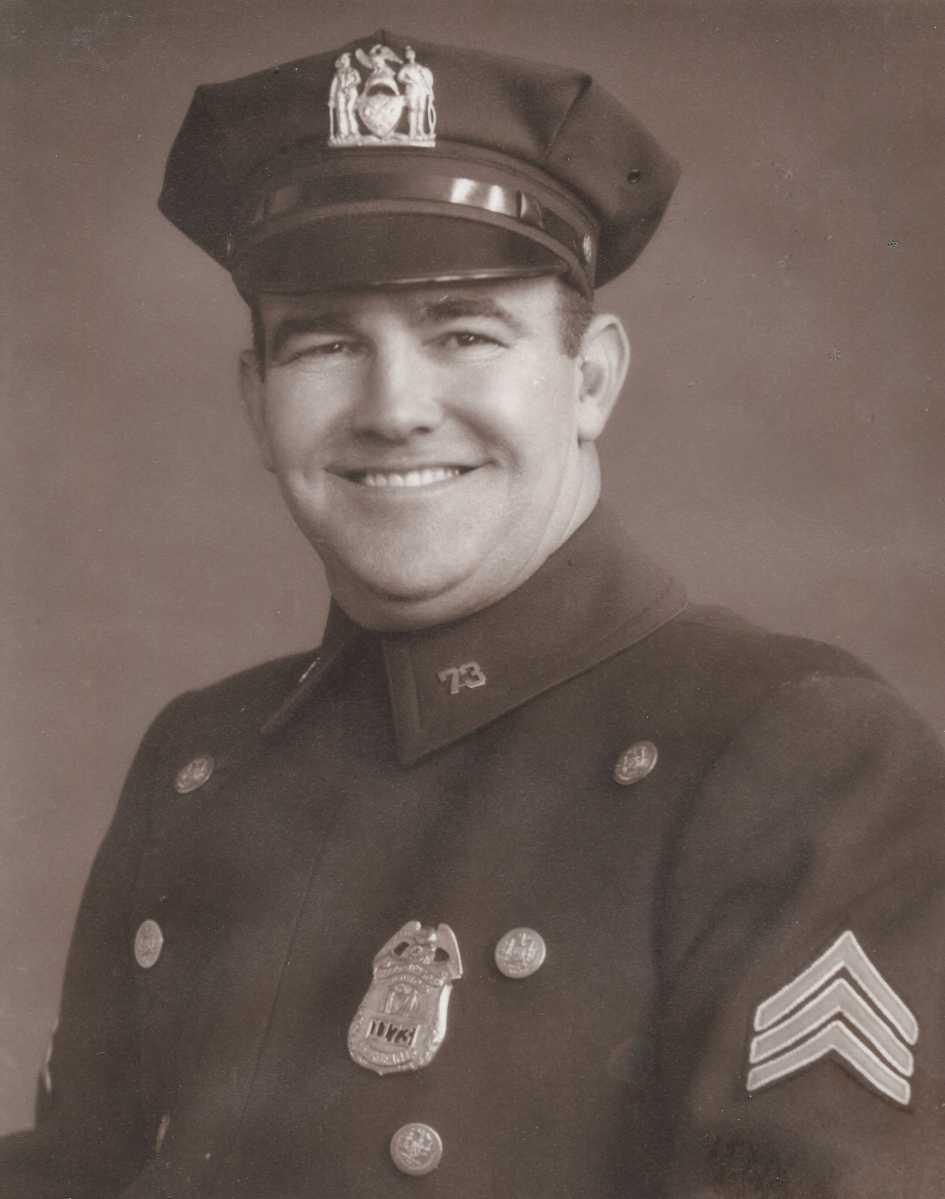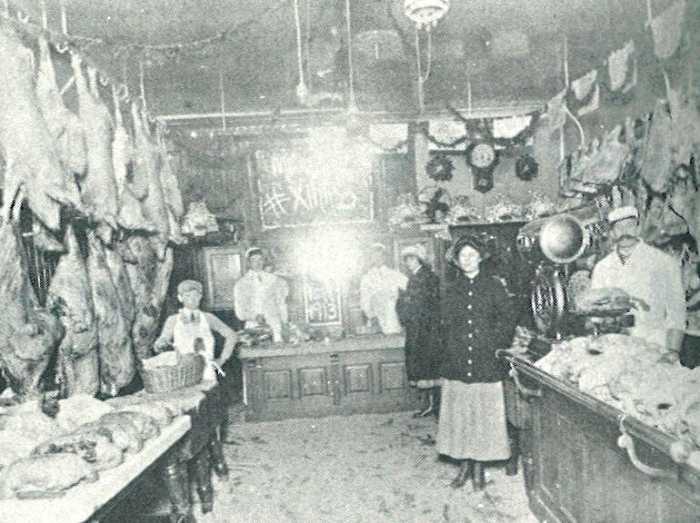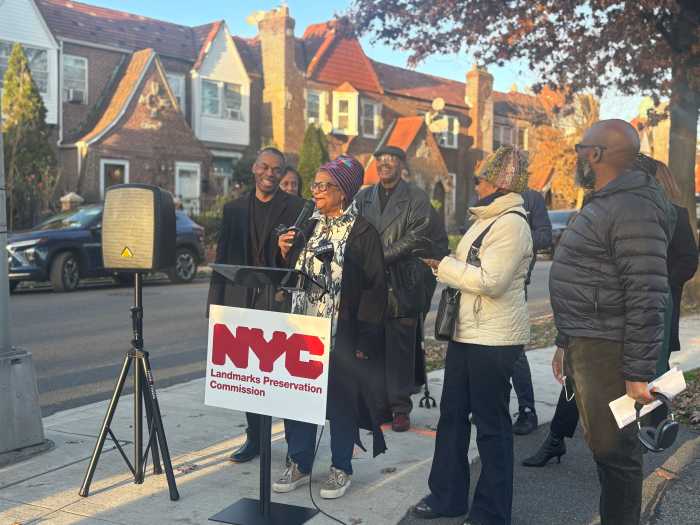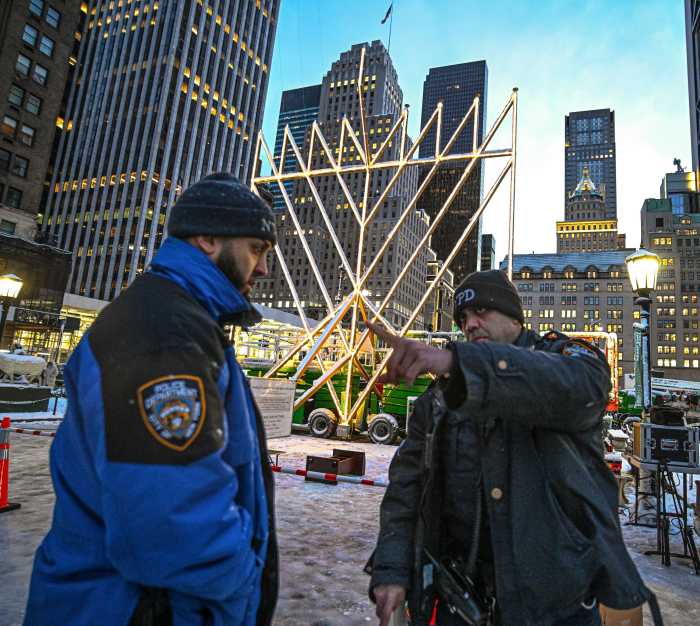On a crisp evening in New York City, Officer Charles Glasco from Woodhaven, Queens was wrapping up a long shift writing traffic tickets. Little did he know, his evening would soon take a turn into an extraordinary and heartbreaking chapter of his career—one that would make headlines around the world and become the subject of both a famous magazine article and a Hollywood film.
It all began on the evening of Sept. 17, 1941, when Glasco’s patrol brought him to the scene of a life-and-death crisis. At Fifth Avenue and 55th Street, he found a chaotic scene unfolding in front of the Hotel Gotham. Hook-and-ladder trucks, ambulances and a large crowd had gathered beneath the building. On a narrow ledge 17 stories above the street, a young man stood in apparent distress, teetering on the brink of tragedy.
A woman stood by the window, seemingly trying to coax him inside. The sergeant on the scene informed Glasco that the woman was the man’s sister, and that her brother, 26-year-old John William Warde, had threatened to jump if he saw any police officers.
Officer Glasco, known for his friendly demeanor and natural gift for connecting with people, suggested posing as a civilian in an effort to speak to the young man and convince him to come inside. His hope was that his non-authoritative, friendly presence might make Warde more inclined to listen.
Minutes later, Glasco borrowed a jacket from a bellboy in the hotel lobby and entered Room 1714, where Warde was perched on the ledge. The scene inside was tense, but Glasco’s calm demeanor and engaging personality soon began to make a difference. He started a casual conversation with Warde, making him feel at ease and slowly drawing him into a dialogue.
“I’ve been out of work for as long as I can remember,” Glasco told the young man. “This is my first day on the job.” With that simple line, Glasco humanized himself, establishing common ground with Warde, who was reportedly moody and eccentric. As their conversation deepened, the two men discussed everything from baseball to the merits of day picnics versus night picnics, even touching on their mutual interest in physical fitness. The goal was to keep Warde talking and distracted, to prevent him from making any rash decisions.
Glasco went to great lengths to build rapport. He brought Warde glasses of water, offered him cigarettes and continued to engage him in light conversation. All the while, Glasco maintained a careful distance, aware that any sudden move could cause Warde to panic and leap from the ledge.
Hours passed, with no progress toward a resolution. The street was buzzing with tension, and the city’s hopes were pinned on Officer Glasco’s ability to talk the young man back to safety. But as the evening wore on, Warde remained just out of reach.
By 10:30 p.m., 11 hours into the standoff, the situation reached its tragic end. Despite Officer Glasco’s valiant efforts to persuade him to come inside, Warde stepped off the ledge and fell to his death.
It was a devastating conclusion to a heartbreaking drama. The young man, plagued by emotional turmoil and a troubled past, had chosen to end his life in full view of the bustling city below. The incident made headlines across the globe, drawing widespread sympathy for both Warde and the police officers who had tried in vain to save him.
In the years that followed, this story became a subject of media fascination. Ten years later, the New Yorker published a detailed article about the incident, titled “The Man on the Ledge,” and two years after that, the story was adapted for the big screen.
The 1951 film “Fourteen Hours,” produced by Twentieth Century Fox, dramatized the events of that fateful day. In the film, Officer Charles Dunnigan (played by Paul Douglas) takes on a role similar to Glasco’s, while Richard Basehart portrayed the troubled young man, Robert Cosick. Barbara Bel Geddes and Agnes Moorehead also starred, adding to the film’s emotional depth. Interestingly, Fourteen Hours marked the film debut of Grace Kelly, who would go on to become a Hollywood legend and later the Princess of Monaco.
The film, though based on real events, took some artistic liberties in its depiction of the crisis, but it captured the essence of the real-life drama. For those who watched it, the film served as a reminder of the fragility of life and the deep, sometimes unspoken pain that many individuals face.
As for Officer Glasco, his efforts were widely praised. He was promoted to sergeant for his bravery and calm under pressure, but he rarely spoke about the incident to his family. He continued to live in his childhood neighborhood of Woodhaven, Queens, and passed away on Feb. 3, 1976, at the age of 57.





































